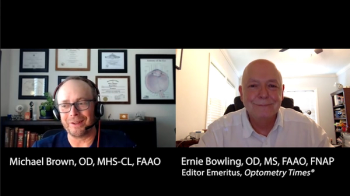
Ernie Bowling, OD, MS, FAAO, FNAP

ERNIE BOWLING, OD, FAAO, FNAP is in practice in Rome, GA, and is past chair of the American Academy of Optometry’s Comprehensive Eye Care Section
Articles by Ernie Bowling, OD, MS, FAAO, FNAP


Chad Overman, OD, and Ernie Bowling, OD, MS, FAAO, FNAP, review the importance of telemedicine in optometry. Increased quality of care, access to care and education, and larger patient bases are some of the many benefits discussed.
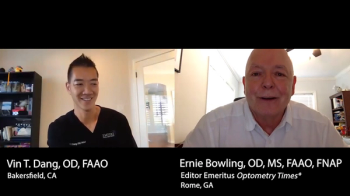

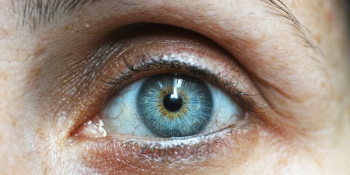
The condition is everywhere, and your patients need you.
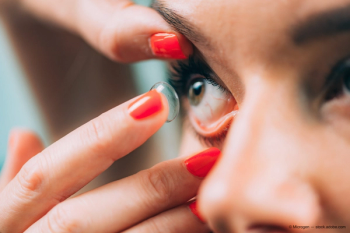
Doctors and staff need to better communicate recommendations to contact lens wearers.
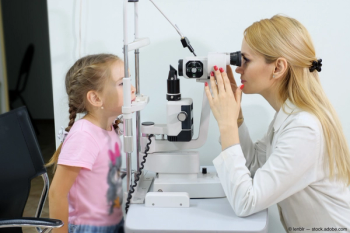
Meta-analysis investigates multiple myopa management interventions vs control conditions.


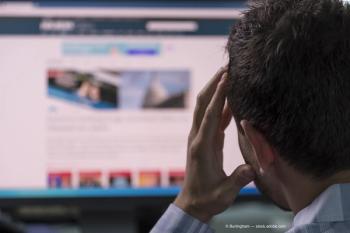
Remember the ubiquitous nature of digital dry eye disease in your practice.


Every practicing optometrist needs to understand the risks inherent with coronavirus to be better informed and readily able to care for patients.
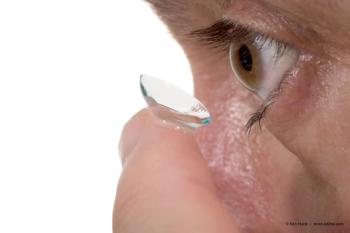
Doctors should not blame themselves but look to better patient education and daily disposability.

From developing an office protocol to screening all patients, read these supportive tips.
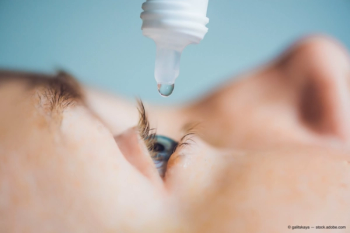
Because of its prevalence, it’s more important than ever that ODs are well versed in DED.

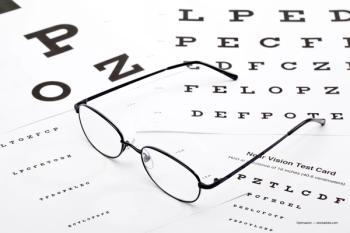

The older I become, it seems the faster time flies. Five years ago, I was asked by someone I greatly respect and admire to become chief optometric editor of this publication. Now, five years later, the time has flown by in a blur, and I am moving on.

https://www.optometrytimes.com/modern-medicine-cases/new-player-point-care-allergy-testingODs undervalue ocular point-of-care tear testing

Before the new year gets too far along, let’s take a brief look at the happenings in the pages of Optometry Times during 2016.

Dress for success. We’ve heard this tired old cliché for years. Most offices have a written dress code for staff, but does that dress code also apply to the doctors?

I recently had the opportunity to do something I’d never done before: attend a conference that had absolutely nothing to do with optometry. Now some of you will ask, “Don’t you go to enough of those things as it is?”

I think we’ll all agree technology is great and wonderful. We wouldn't be where we are as a profession without technological advances and the vast improvements these technologies provide in caring for our patients. Yet as with any new technology, sometimes it is difficult to discern its boundaries.

During the course of caring for patients day after day, I think we become desensitized to the discomfort we inflict on our patients during the course of an eye exam. I recognize that everyone has their own fears and phobias regarding doctor's visits.

I recently had the pleasure of attending in Chicago the second annual national meeting of Energeyes, The Association of Corporate-Affiliated Optometrists.

Since 2013, one by one, the four major contact lens manufacturers (Johnson & Johnson, Alcon, Bausch + Lomb, and CooperVision) have enacted pricing policies that seek to limit what contact lens discounters can charge for certain products.

The Optometry Times Editorial Advisory Board takes a look back the most popular contact lens stories of 2014 and discusses why these stories were important to optometry.

I recently completed Robin Cook’s new medical thriller, Cell. Cook, best known for his books Coma and Outbreak, is an ophthalmologist by training, and his books often tie his story lines to current events. Not to spoil the book for those who want to read the novel, but the premise of Cell is that a phone app, named iDoc, has been designed to replace the primary-care physician.

I used to take noncompliance personally. I was failing my patients as their eye doctor. After all, it’s my job to explain the risks of contact lens wear and care non-compliance, and if my patients weren’t complying then I must be doing a poor job of communicating those risks. One of the many points I learned: It’s not my fault!

Preventing CL dropouts can be a challenge with patients suffering from CLIDE. A number of factors, including the patient’s overall general health, the type of contact lens worn and solution interaction, among others, can influence the condition. Predicting which CL patients are more likely to develop dry eye helps you tailor management to the individual patient needs and set realistic patient goals for successful lens wear.
Latest Updated Articles
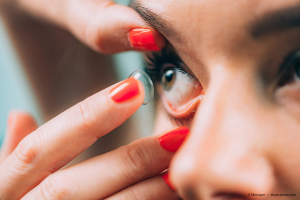 Patients aren’t hearing contact lens care information
Patients aren’t hearing contact lens care informationPublished: June 12th 2020 | Updated:
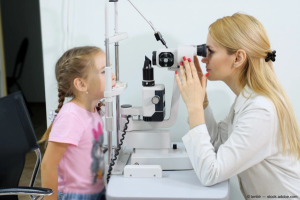 Safety and efficacy of myopia progression therapies in children
Safety and efficacy of myopia progression therapies in childrenPublished: June 8th 2020 | Updated:
 Video: Find out why one OD thinks ocular telehealth is here to stay
Video: Find out why one OD thinks ocular telehealth is here to stayPublished: July 20th 2020 | Updated:
 Could there be a dress code for ODs?
Could there be a dress code for ODs?Published: October 18th 2016 | Updated:
 UPP: A good decision for our patients
UPP: A good decision for our patientsPublished: April 8th 2015 | Updated:
 How tear proteomics can help optometry
How tear proteomics can help optometryPublished: June 20th 2017 | Updated:



.png)


